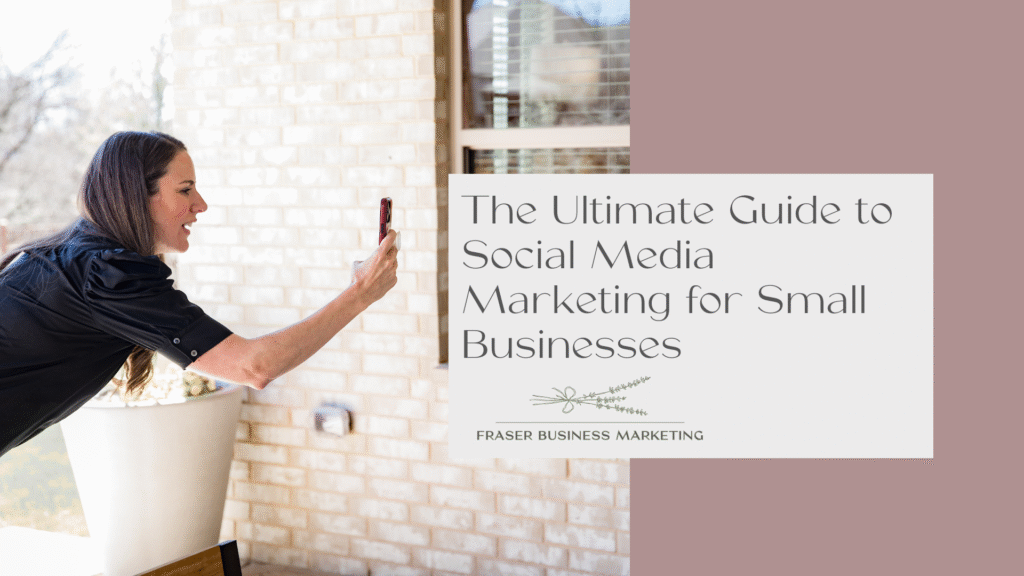Building a brand from the ground up isn’t easy, and doing it on a tight budget? That’s a whole different ballgame. But good news: marketing doesn’t have to drain your wallet to be effective. In fact, many successful entrepreneurs today leverage low-cost or even free tools to grow fast and smart.
Whether you’re a solopreneur, freelancer, or running a small team, here are the best marketing tools that balance price with power.
1. Canva (Free & Paid Plans)
What it does: Graphic design for social media, flyers, presentations, and more.
Why we love it: Canva’s drag-and-drop platform makes creating polished designs simple—even for non-designers. The free version is packed with templates, but the Pro plan unlocks branding tools and magic resize.
Use it for: Instagram posts, email headers, lead magnets, and presentation decks.
2. Mailerlite (Free up to 1,000 subscribers)
What it does: Email marketing and automation.
Why we love it: Easy to use, sleek drag-and-drop email builder, automation workflows, and landing pages without the clunky interface.
Use it for: Newsletters, lead nurturing, course funnels, and product launches.
3. Unsplash or Pexels (Free)
What they do: Free stock photos.
Why we love them: High-quality images that look modern and professional, with no credit card or licensing headaches.
Use them for: Website banners, blog posts, social media content, and digital ads.
6. Monday.com (Free & Paid Plans)
What it does: Project management and team collaboration.
Why we love it: It’s highly customizable and visual, perfect for planning campaigns, tracking content production, and managing client work. It’s great for solo users but also scales beautifully as your team grows.
🛠 Use it for: Content calendars, campaign planning, client onboarding, and to-do tracking.
7. Google Workspace (Free for personal use; low-cost for business)
What it does: Docs, Sheets, Forms, and more.
Why we love it: It’s collaborative, cloud-based, and easy to access from anywhere. Plus, it plays nicely with many other tools.
Use it for: Marketing reports, content calendars, client onboarding forms.
These tools are powerful, but they work best when paired with a clear plan. Don’t just collect apps—build habits. Set aside time each week to plan your content, track what’s working, and keep your message consistent. The real magic happens when you use these tools to support a focused, repeatable strategy.



